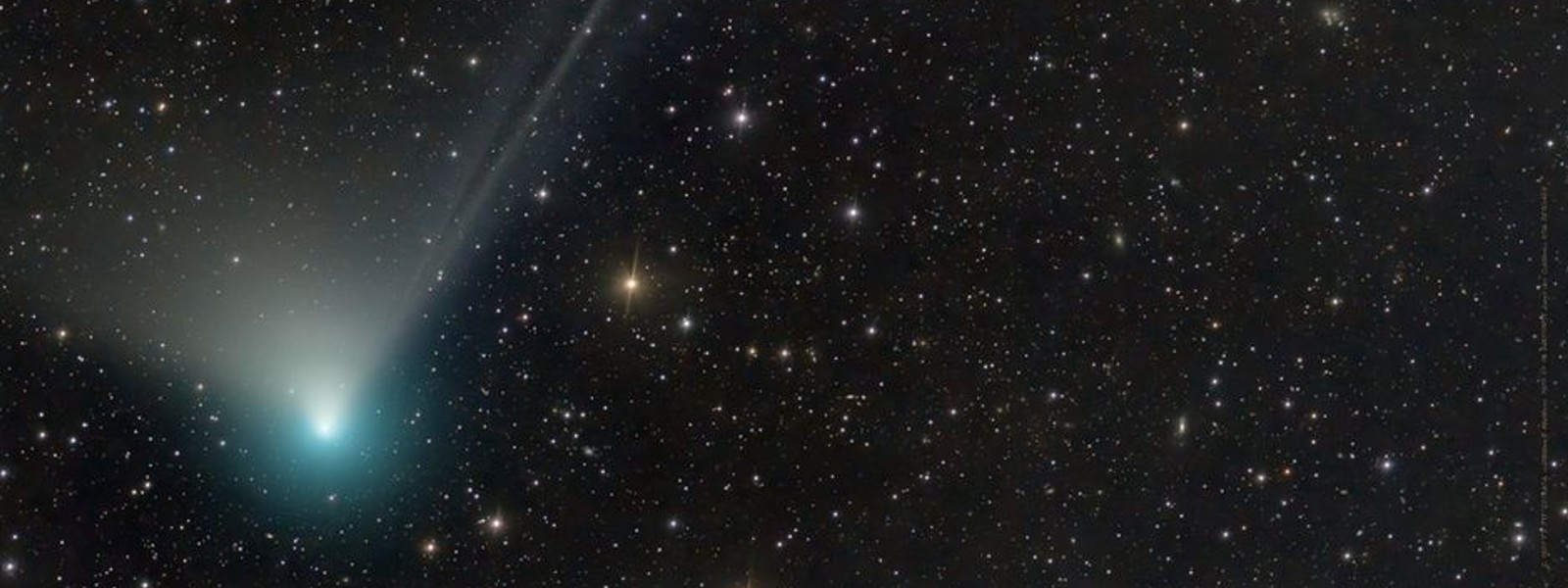.webp)

Green comet approaching Earth for first time in 50,000 years
The last time the comet was spotted was 50,000 years ago.
Nasa officials said the icy visitor was first spotted in March 2022 while it was inside the orbit of Jupiter.
It has been visible to those in the Northern Hemisphere through binoculars for the past few weeks, but will be closest to Earth - and brightest - on Wednesday.
"Comets are notoriously unpredictable, but if this one continues its current trend in brightness, it'll be easy to spot," Nasa said on its blog earlier this month.
"It's just possible it could become visible to the unaided eye under dark skies."
The icy celestial body - called C/2022 E3 (ZTF), a "mouthful of a name", according to Nasa - is making its closest approach to the sun on 12 January before making its closest approach to Earth on 2 February.
At that point it will be just about 26 million miles (42 million kilometres) away from the planet.
Source: BBC
Other Articles
Featured News





.png )

-779769_550x300.jpg)
-779763_550x300.jpg)
-779757_550x300.jpg)





















.gif)